The National Suicide Prevention Lifeline is now:
988 Suicide and Crisis Lifeline
The safety of our children is of the utmost importance and PWCS has in place preventative and intervention measures to support our students. All students in grades K-10 receive developmentally appropriate and research-informed instruction based on the Virginia Health Standards of Learning through school counselors (grades K-5), and health and physical education classes (grades 6-10). Additionally, the PWCS Opioid Task Force meets every six weeks to review current trends and develop recommendations for the school division to consider.
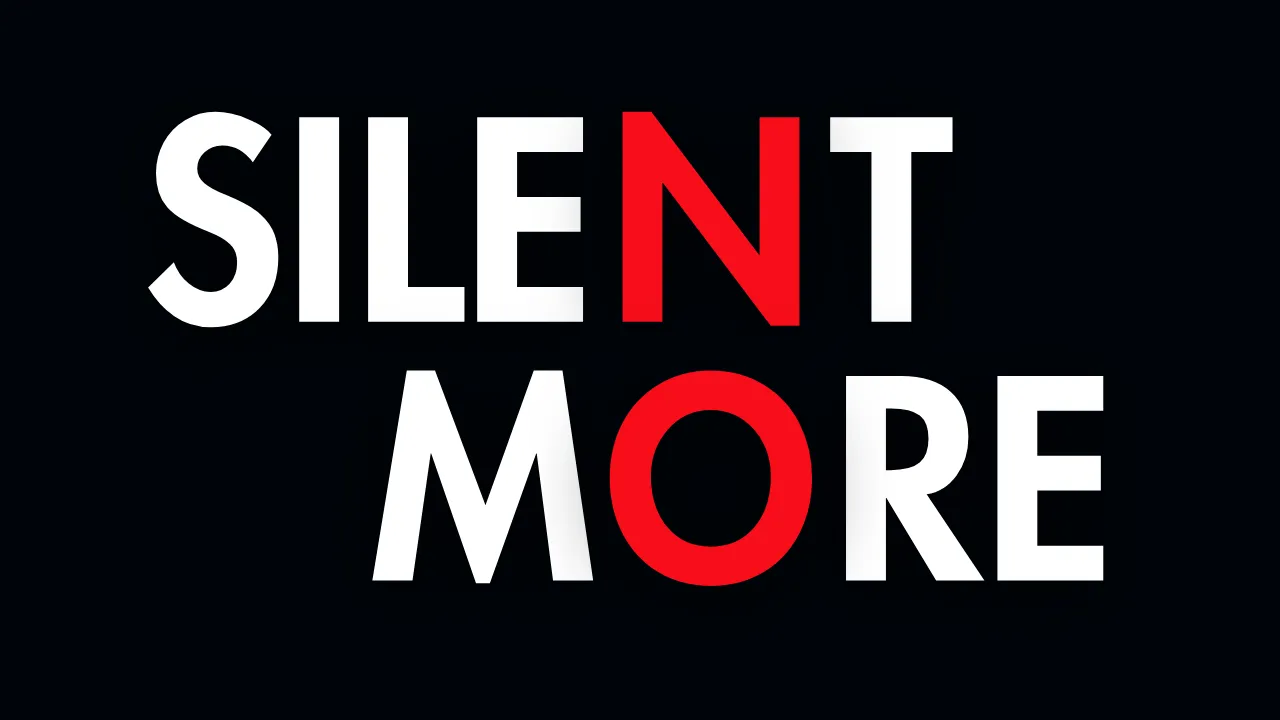
Families, students, and community members are invited to join us from 6-8 p.m. on Wednesday, December 13, 2023, in Unity Reed High School's auditorium for a dynamic drug awareness program, “Silent No More.” This presentation, developed by the U.S. Attorney's Office for the Eastern District of Virginia in partnership with the Drug Enforcement Agency, tackles the invisible dangers of opioids and evolving drug trends while unveiling the harsh realities faced by communities across Virginia and the United States. Through powerful narratives and real-life stories, we aim to inform and empower, fostering a commitment to drug-free environments.
This impactful event is open to all, and registration is not required. A powerful lineup of speakers includes:
For questions, please contact Mallory McKnight, substance abuse specialist, at [email protected].
Fentanyl is undetectable and untraceable, and has lead to an increase in teen overdoses. Once it is in the bloodstream, it can take just three minutes to cause a fatal overdose. Visit the Prince William County Fentanyl Exposed webpage to learn more and stay safe by knowing the risks and what to do in case of an overdose.
| Could you spot and overdose? See how fast a fentanyl overdose can actually be. (YouTube) |
4 Easy Steps to save a Life From Fentanyl Overdose (YouTube) |
In grades K-5, students receive the following:
| Grade | Lesson Title and Summary |
|---|---|
| Kindergarten |
Safe/Unsafe Choices
|
| 1st Grade |
Medication Safety
|
| 2nd Grade |
Healthy and Unhealthy Choices: Substance Awareness
|
| 3rd Grade |
Stop, Think, Choose: Decision-Making and Substance Awareness
|
| 4th Grade |
Lesson 1: Peer Pressure and Substance Awareness
Lesson 2: Safe at Home, Safe Alone *Medicine safety section of the material; in partnership with the VA Cooperative Extension |
| 5th Grade |
How Substances Affect the Brain
|
Elementary school counselors notify families in advance of these lessons to help and encourage families to prepare children prior to the lessons and to begin meaningful discussions about medicine safety and substance use prevention.
View the Virginia Department of Education (VDOE) for a complete review of Virginia Health Standards of Learning and Curriculum Guidelines for Instruction on the Safe Use of and Risks of Abuse of Prescription Drugs (Word).
Grades 6-10 receive the following at the appropriate level:
View the Virginia Department of Education (VDOE) for a complete review of Virginia Health Standards of Learning and Curriculum Guidelines for Instruction on the Safe Use of and Risks of Abuse of Prescription Drugs (Word).
Grades 6-12 Intervention Programs:
Code of Behavior – Substance Abuse
PWCS Regulations and Policy
Substance abuse can lead to serious problems such as poor schoolwork, loss of friends, problems at home, and lasting legal problems. Below are resources to help families start the conversation about the dangers of substance abuse.
Know the signs...
~ Adapted from Betty Ford Hazelden Foundation ~
Smoking and smokeless tobacco are almost always initiated and established during adolescence and most are addicted by the age of 20. Twenty percent of high school students report having smoked a cigarette in the last month. Tobacco use during adolescence is associated with health risk behaviors such as the use of alcohol, the use of other drugs, and high-risk sexual behaviors.
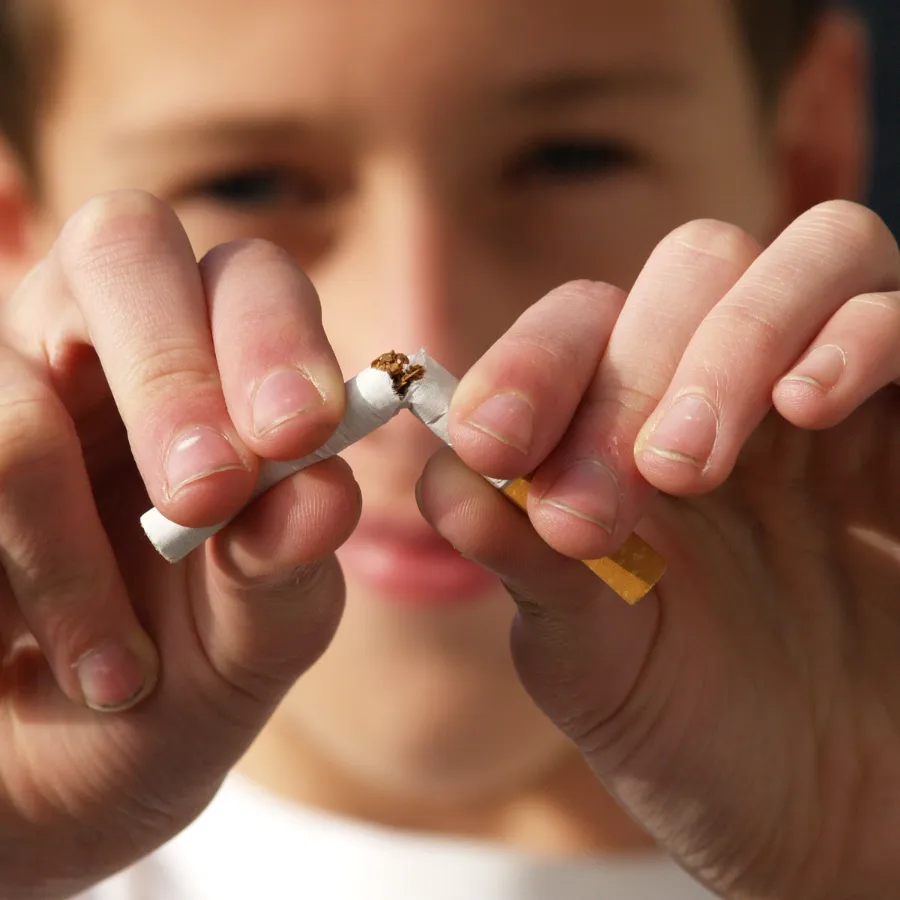
What are E-Cigarettes?
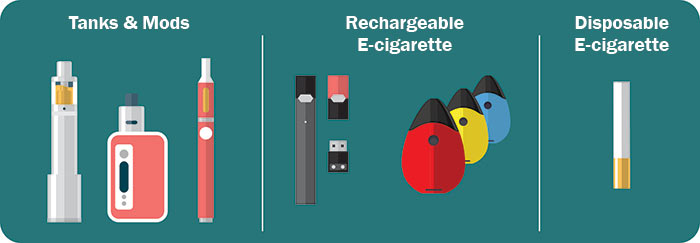
~ Retrieved from Center for Disease Control and Prevention (CDC) ~
The following directory is provided by the Prince William County Community Services Board.
| Treatment Facility (Website Link) |
Location | Contact | Ages | Types of Treatment | Insurance |
|---|---|---|---|---|---|
| Addiction Help | Manassas, VA Rockville, MD |
703-485-2000 | Adolescents | Buprenorphine | No insurance: $200 for initial, $180 for each follow up |
| Catalyst Recovery and Wellness Center | Manassas, VA | 703-546-1834 | 14+ | Outpatient SA (14+) MAT services (16+) |
Unknown |
| Center for Behavioral Health | Woodbridge, VA South Riding, VA |
703-492-8939 | 15+ | Individual Therapy MAT for 18+ |
Unknown |
| Discovery Mood & Anxiety Program | Fairfax, VA | 1-844-825-0468 | Adolescents | RTC, PHP, IOP | Unknown |
| Dominion Hospital (Intersect Program) |
Falls Church, VA | 703-538-2872 | Adolescents | Inpatient and PHP | Medicare and Medicaid for Partial, Yes for Inpatient |
| Embark | Tysons Corner, VA | 1-866-370-3176 | Adolescents | PHP, Outpatient Therapy | Unknown |
| Encore | Fairfax, VA | 703-596-3063 | Adults | IOP | Does not accept Medicaid |
| Hallmark Youth Care | Richmond, VA | 804-784-2200 | Adolescents | RTC | Unknown |
| Health Connect America | Alexandria, VA Sterling, VA |
703-680-9527 | Adolescents | SUD IOP | Accepts some Medicaid plans |
| INOVA Kellar Center | Fairfax, VA Sterling, VA |
703-218-8500 | Adolescents | PHP, IOP, co-occurring programs |
All Medicaid except Kaiser |
| Living Free Health Services | Annandale, VA | 703-750-1292 | Adolescents | IOP, Outpatient Program | Unknown |
| Manassas Addiction Center | Manassas, VA | 703-239-3602 | Adolescents | Medication-assisted detox, outpatient therapy, family medicine (can act as PCP) |
Almost all insurance, including Medicaid |
| Newport Academy | Rockville, MD | 1-855-474-7068 | Adolescents | PHP, IOP, Outpatient Services |
Does not accept Medicaid |
| North Spring Behavioral Healthcare Outpatient Treatment Program |
Leesburg, VA | 703-554-6300 | Adolescents-17 | PHP, IOP | Medicaid |
| SAMHSA's National Helpline | 1-800-662-4357 | Adolescents | The referral service is free of charge. Can often refer you to facilities that charge on a sliding fee scale or accept Medicare or Medicaid. |
||
| Sandstone TX | Reston, VA Rockville, MD |
703-260-9359 | Adolescents | IOP, PHP, MAT | No Medicaid. Accepts private insurance and TRICARE. |
| Youth For Tomorrow | Ashburn, VA Warrenton, VA |
703-368-7995 | 13-18 | IOP | Optima Health Family Care, VA Medicaid/Magellan Health Care, Kaiser, Aetna, Anthem Keepers Plus, Humana, VA Premier, INTotal Health |
Last updated April 29, 2022.
In this 90-minute REVIVE! training participants will learn about opioids and how to recognize and respond to an opioid overdose with the use of Naloxone. Participants will receive Narcan nasal spray after attending the training. For more information, contact 703-792-7739 or [email protected].
To register for a REVIVE! session, visit Prince William Community Services for a complete list of training options.

Those hurt most by alcohol and drug abuse are the children of alcoholics and other drug dependent parents. One in four children in the United States is exposed to alcohol or drug addiction in the family.
Substance Abuse –
|
The Prince William County Police Department released a community awareness message with a photo example of the counterfeit Percocet pill, sometimes referred to as perc30s. For full article, please visit InsideNoVa.
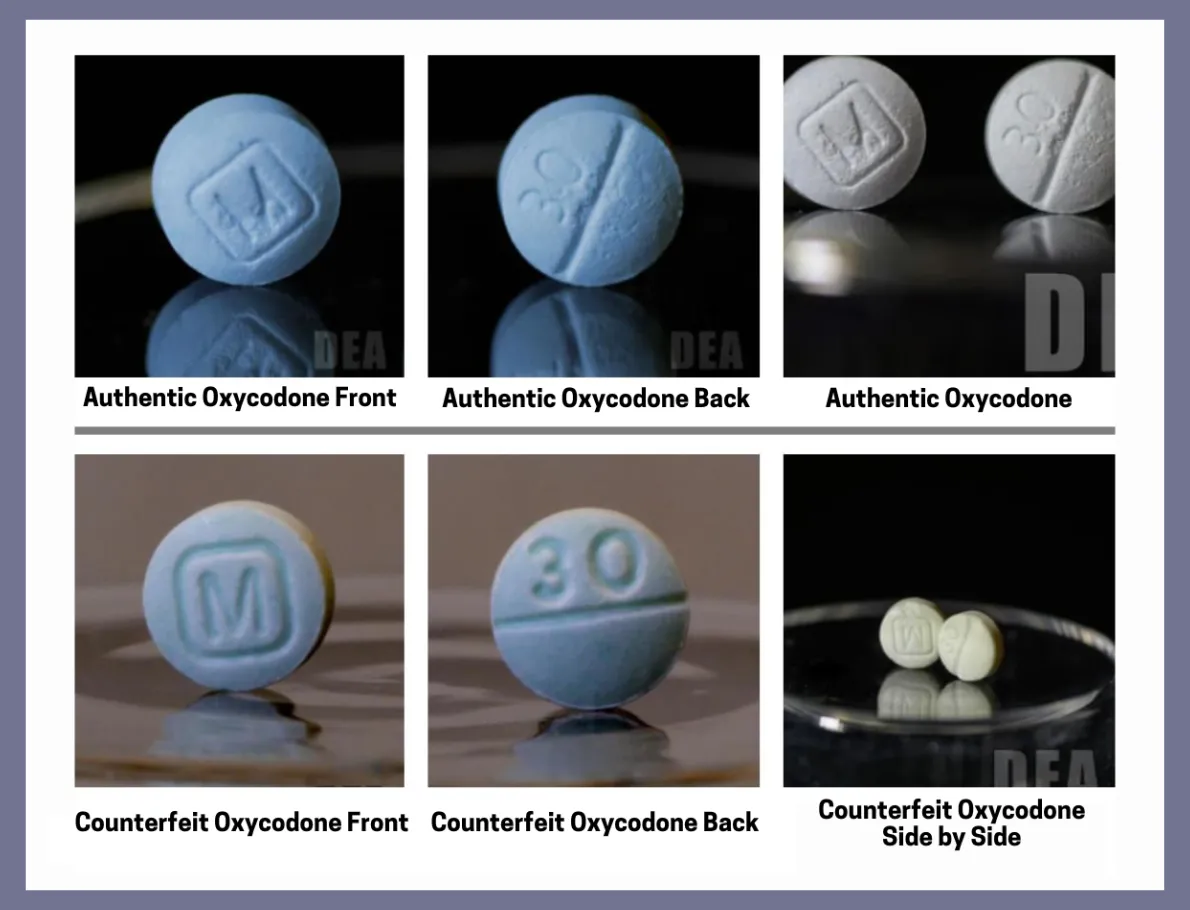
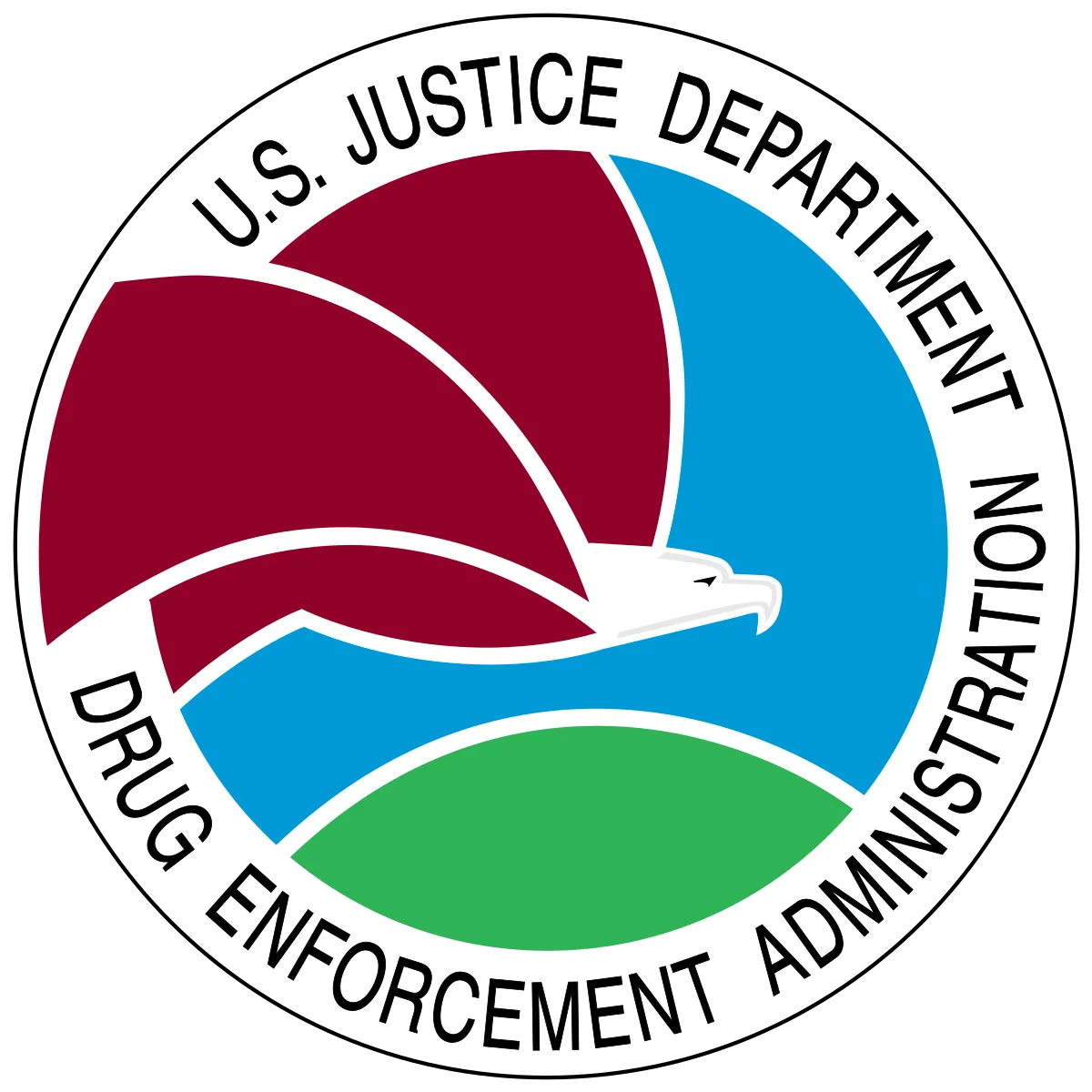
In recent years, our nation has experienced one of the most fatal drug epidemics in history. Opioids, specifically fentanyl, have impacted the lives of children and young adults and continues to be the primary driver in drug overdoses.
Pharmaceutical fentanyl is used for patients that require high levels of pain relief. Due to its powerful opioid properties, fentanyl has also been illicitly manufactured and is often the main ingredient used in counterfeit pills disguised as Percocet, Xanax, and Oxycontin. Although it can be found in illicitly manufactured pills, fentanyl can also present as a powder or liquid. Recently, the Drug Enforcement Administration (DEA) issued a warning to the public about an emerging trend of brightly colored fentanyl referred to as “rainbow fentanyl.” These drugs are brightly colored like chalk and candy, potentially making them more attractive to children and young adults.
|
|
|
 |
|
Rainbow Fentanyl |
Counterfeit Pills |
Lethal Dose of Fentanyl |
Image Source: DEA
The National Suicide Prevention Lifeline is now:
988 Suicide and Crisis Lifeline